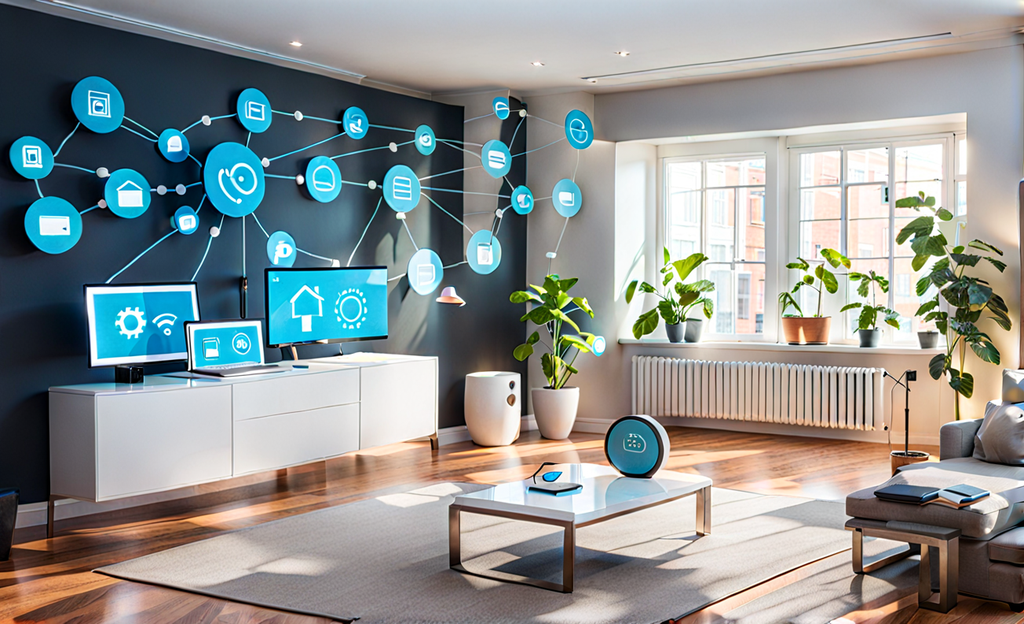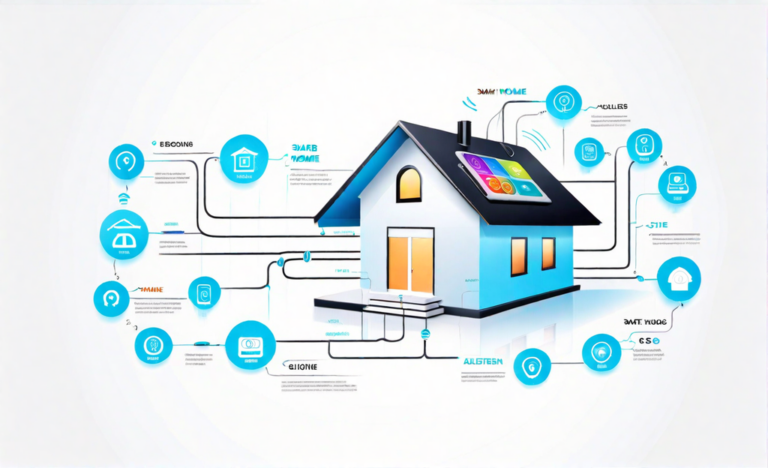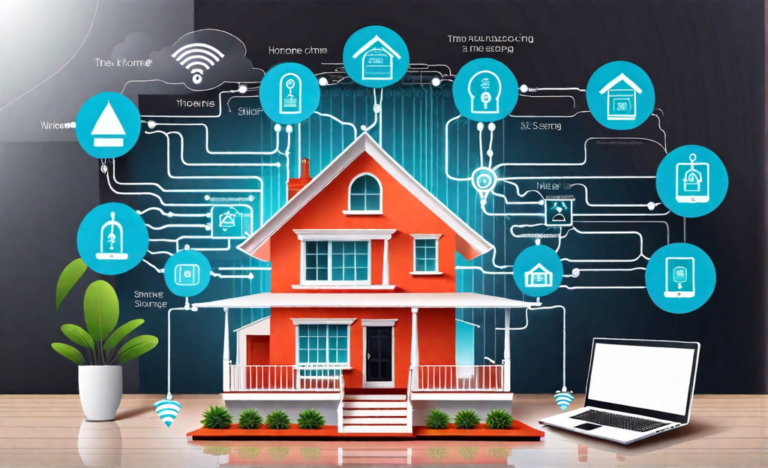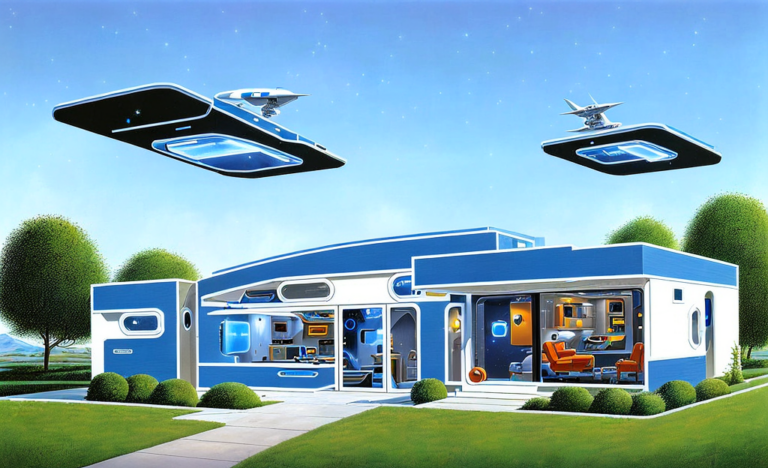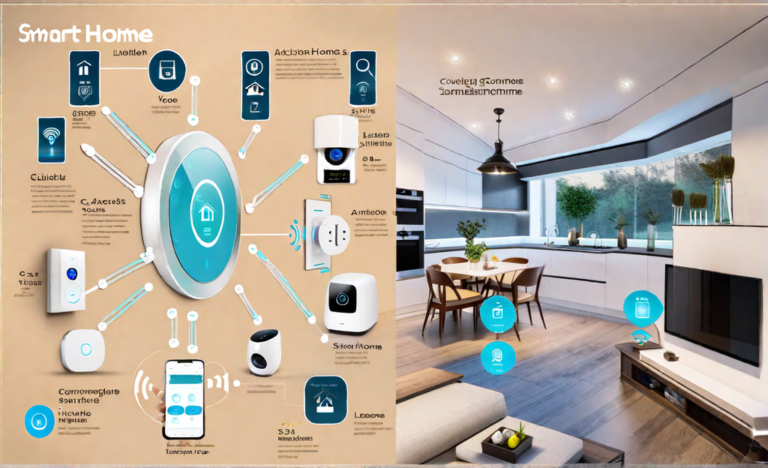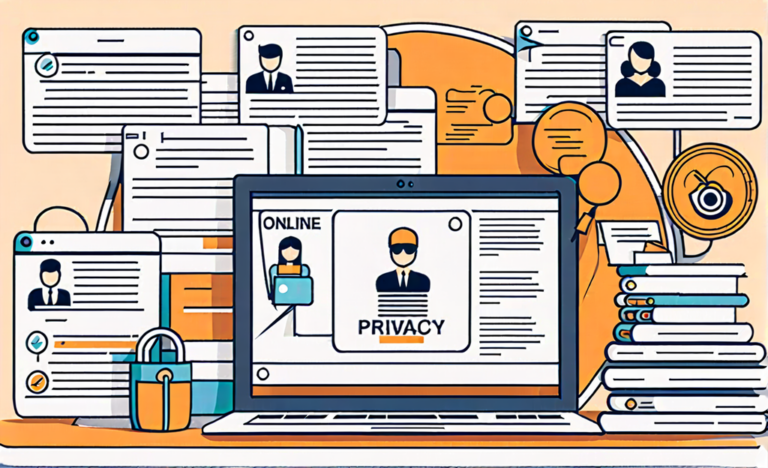Smart Home Technology and Occupational Therapy
Occupational therapy is a holistic approach to improve people’s ability to perform daily tasks, enhance their quality of life, and foster independence. Smart home technology, with its capacity to automate, monitor, and control various aspects of a living space, has emerged as a powerful tool in occupational therapy. This comprehensive guide delves into the intersection of smart home technology and occupational therapy, exploring how these innovative solutions can assist individuals with diverse needs.
Table of Contents
- Introduction
- The Role of Occupational Therapy
- Smart Home Technology: An Overview
- Applications in Occupational Therapy
- Promoting Independence and Mobility
- Enhancing Communication and Social Interaction
- Aiding Daily Living Activities
- Managing Health and Medications
- Safety and Monitoring
- Customizing Smart Homes for Specific Needs
- Benefits and Challenges
- Privacy and Security Considerations
- Training and Education for Occupational Therapists
- Real-Life Case Studies
- Future Trends in Smart Home Technology and Occupational Therapy
Introduction
Smart home technology, often referred to as home automation, involves connecting and controlling various devices and systems within a home through a centralized platform. These devices, such as smart speakers, thermostats, lighting systems, and security cameras, are integrated to enhance convenience, safety, and energy efficiency.
Occupational therapy, on the other hand, focuses on assisting individuals in achieving a maximum level of independence and function in their daily lives, addressing various physical, cognitive, and sensory challenges.
The Role of Occupational Therapy
Occupational therapy encompasses a wide range of conditions and scenarios:
- Physical Disabilities: Occupational therapy aids individuals with mobility impairments, assisting them in adapting to their environment.
- Cognitive Impairments: Patients with cognitive challenges, such as dementia, can benefit from strategies that enhance memory, organization, and decision-making.
- Sensory Impairments: Vision and hearing impairments necessitate adjustments to the living space to ensure safety and accessibility.
- Developmental Disabilities: Children with developmental disorders can receive support in developing essential life skills.
- Aging Population: As people age, they may experience challenges related to daily living activities, which occupational therapists can address.
Smart Home Technology: An Overview
Smart home technology includes a wide range of devices and systems:
- Voice Assistants: Devices like Amazon Echo (Alexa) and Google Nest (Google Assistant) offer voice-activated control for various tasks.
- Smart Lighting Systems: Systems like Philips Hue allow users to control lighting levels, colors, and schedules.
- Smart Thermostats: Devices like Nest Learning Thermostat enable temperature control and energy savings.
- Smart Appliances: Devices like smart ovens and washing machines provide convenient and efficient ways to perform tasks.
- Security and Surveillance Systems: Cameras and sensors monitor and secure homes.
- Medication Management Devices: Automated pill dispensers remind users to take their medication.
Applications in Occupational Therapy
Occupational therapists can leverage smart home technology in various ways to address their clients’ needs.
Promoting Independence and Mobility
- Voice-Activated Assistance: Voice assistants help individuals with mobility issues control devices and access information.
- Smart Lighting and Home Automation: Users can adjust lighting and set routines for tasks, enhancing accessibility and safety.
- Automated Doors and Locks: Smart locks and automated doors simplify access for individuals with mobility impairments.
Enhancing Communication and Social Interaction
- Communication Devices: Smartphones and tablets equipped with communication apps enable users to interact and convey messages.
- Video Conferencing: Smart devices facilitate video calls and social interactions with friends and family.
Aiding Daily Living Activities
- Voice-Controlled Appliances: Devices like smart ovens and coffee makers simplify cooking tasks.
- Reminders and Notifications: Smart home systems can provide medication reminders and appointment notifications.
Managing Health and Medications
- Medication Management: Automated dispensers ensure medication adherence and send reminders.
- Health Monitoring Devices: Devices like wearable fitness trackers track vital signs and activity levels.
Safety and Monitoring
- Home Security: Smart security systems with cameras and sensors provide real-time monitoring and alerts.
- Emergency Response: Wearable panic buttons can connect users to emergency services.
- Fall Detection: Smart home sensors and wearables can detect falls and alert caregivers or emergency services.
Customizing Smart Homes for Specific Needs
Occupational therapists can customize smart home setups to match the unique needs of their clients. This includes modifying voice assistant commands and creating routines to support specific tasks.
Benefits and Challenges
Benefits
- Independence: Smart home technology promotes independence by simplifying daily tasks and enhancing accessibility.
- Safety: Monitoring and alert systems can significantly enhance safety, especially for individuals at risk of falls or emergencies.
- Quality of Life: Smart home technology can improve overall quality of life by providing convenience and promoting social interaction.
- Customization: Occupational therapists can tailor smart home setups to meet individual needs.
Challenges
- Cost: Smart home devices and systems can be expensive, limiting accessibility for some individuals.
- Complexity: Configuring and managing smart devices can be complex and may require training.
- Compatibility: Ensuring that different devices work together seamlessly can be challenging.
Privacy and Security Considerations
Smart home technology raises privacy and security concerns:
- Data Privacy: Devices collect data about users’ habits, raising concerns about data privacy and security.
- Unauthorized Access: Security breaches can lead to unauthorized access to the smart home ecosystem.
Training and Education for Occupational Therapists
Occupational therapists need training to effectively utilize smart home technology:
- Device Familiarity: Therapists should be familiar with a wide range of smart home devices and systems.
- Client Needs Assessment: Understanding clients’ needs is crucial for customizing smart home setups.
- Privacy and Security Knowledge: Therapists must be aware of privacy and security issues associated with smart home technology.
Real-Life Case Studies
- John’s Independence: John, who has limited mobility, gains independence with voice-activated devices and smart home automation.
- Mary’s Safety: Mary, an elderly woman, benefits from a fall detection system and medication reminders.
Future Trends in Smart Home Technology and Occupational Therapy
The future of smart home technology and occupational therapy holds exciting possibilities:
- Artificial Intelligence: AI-driven devices can enhance personalization and proactive support.
- Customization: Improved customization options will allow occupational therapists to tailor solutions more effectively.
- Interoperability: Greater interoperability between devices will simplify setup and management.
Smart home technology and occupational therapy represent a powerful combination. By leveraging the capabilities of smart devices and systems, occupational therapists can significantly improve the quality of life, independence, and safety for individuals with diverse needs. As technology continues to evolve and become more accessible, the potential for enhancing the lives of those seeking occupational therapy support is vast, promising a future where smart homes play a central role in promoting independence and well-being.
